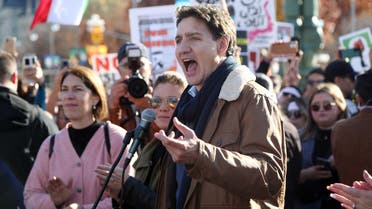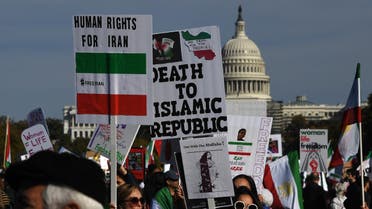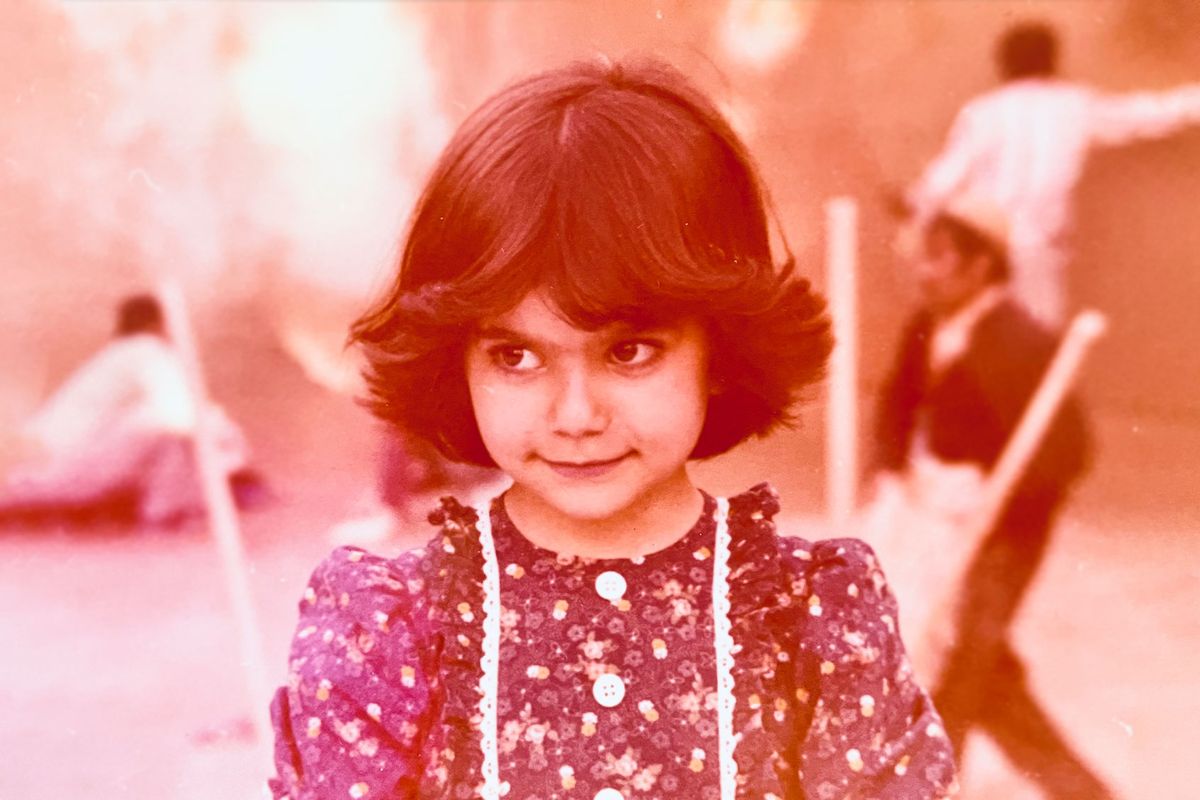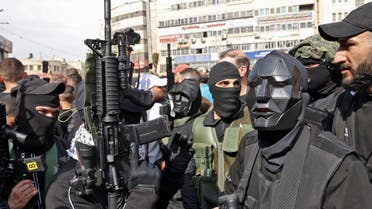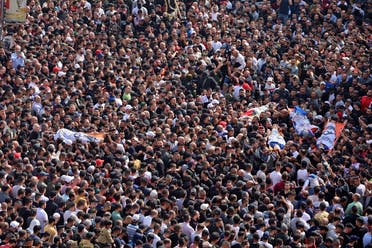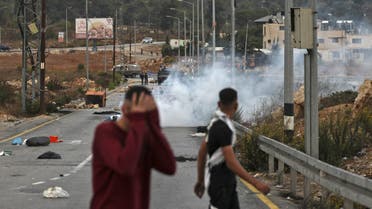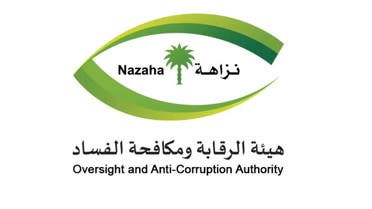Yemen’s Tragedy: War, Stalemate, and Suffering
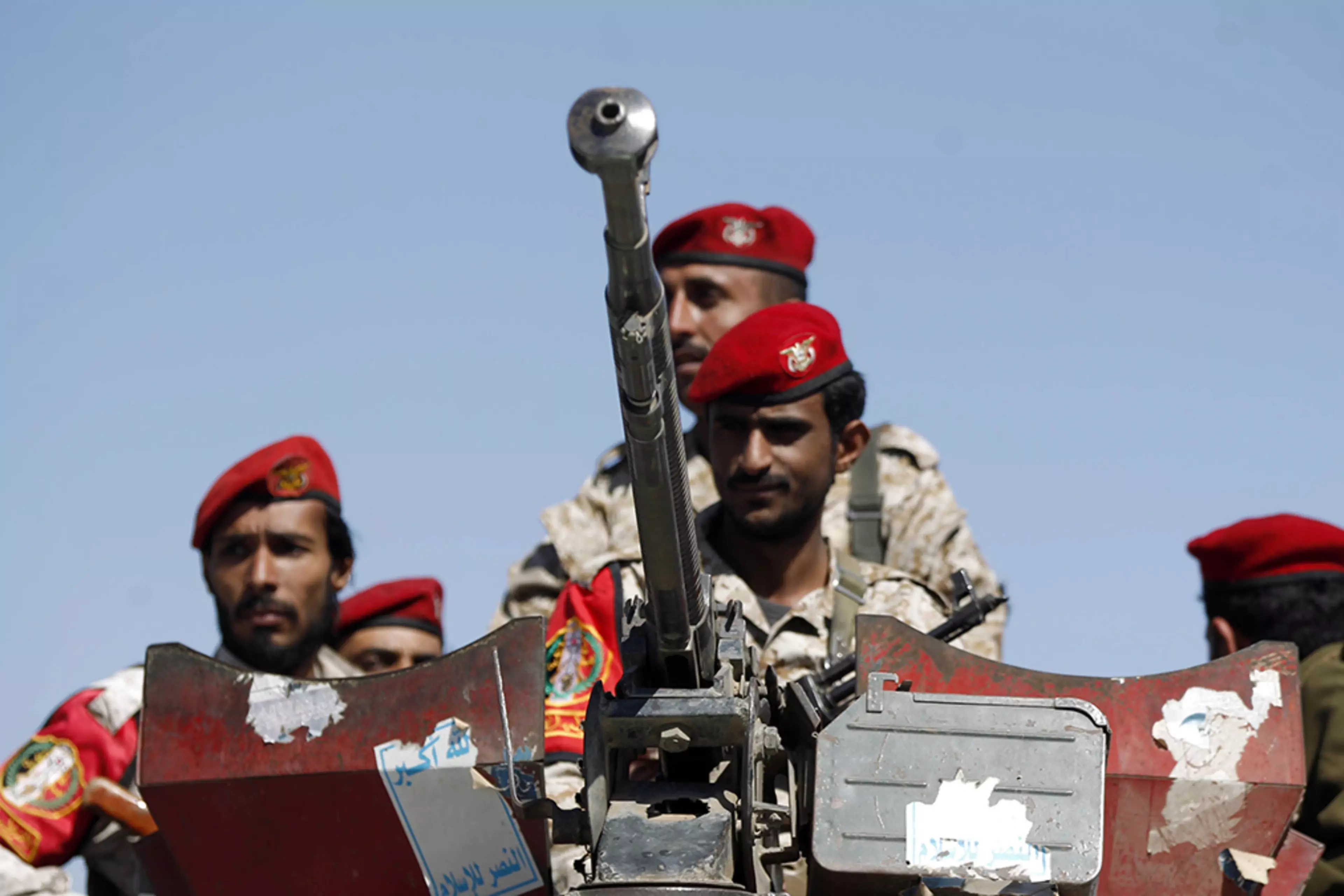
What are Yemen’s divisions?
Yemen has long struggled with religious and cultural differences between its north and south and the legacy of European colonialism. The modern Yemeni state was formed in 1990 with the unification of the U.S.- and Saudi-backed Yemeni Arab Republic, in the north, and the Soviet-backed People’s Democratic Republic of Yemen, in the south. Ali Abdullah Saleh, a military officer who had ruled North Yemen since 1978, assumed leadership of the new country.
However, just four years after unification, southern separatists seceded for several months and reemerged in 2007 as the Southern Movement, which has continued to press for greater autonomy within Yemen. Al-Qaeda in the Arabian Peninsula (AQAP), an Islamist militant group, and the related Ansar al-Sharia insurgent group have captured territory in the south and east. The Houthi movement, whose base is among the Zaydi Shiites of northern Yemen, rose up against Saleh’s government six times between 2004 and 2010.
The United States lent its support to Saleh beginning in the early 2000s, when counterterrorism cooperation against al-Qaeda and affiliate groups became Washington’s overriding regional concern. In 2000, al-Qaeda in Yemen, a group that would later become AQAP, conducted a suicide attack on a U.S. Navy warship, the USS Cole, in the Yemeni port of Aden. Seventeen U.S. service members were killed in the bombing. Since then, the United States has provided Yemen more than $850 million in military aid, according to the online database Security Assistance Monitor.
Rights groups persistently charged [PDF] that Saleh ran a corrupt and autocratic government. As the popular protests of the 2011 Arab Spring spread to Yemen, the president’s political and military rivals jockeyed to oust him. While Yemeni security forces focused on putting down protests in urban areas, AQAP made gains in outlying regions.
Under escalating domestic and international pressure [PDF], Saleh stepped aside in 2012 after receiving assurances of immunity from prosecution. His vice president, Abd Rabbu Mansour Hadi, assumed office as interim president in a transition brokered by the Gulf Cooperation Council (GCC), a regional organization based in Saudi Arabia, and backed by the United States. As part of the GCC’s timetable for a transition, the UN-sponsored National Dialogue Conference (NDC) convened 565 delegates in 2013 to formulate a new constitution agreeable to Yemen’s many factions. But the NDC ended with delegates unable to resolve disputes over the distribution of power.
What caused the current crisis?
Several factors widened these political divisions and led to full-scale military conflict.
Fuel price hikes. Under pressure from the International Monetary Fund, which had extended to Yemen a $550 million loan premised on promises of economic reforms, Hadi’s government lifted fuel subsidies in 2014. The Houthi movement, which had attracted support beyond its base with its criticisms of the UN transition, organized mass protests demanding lower fuel prices and a new government. Hadi’s supporters and the Muslim Brotherhood–affiliated party al-Islah held counterrallies.
Houthi takeover. The Houthis captured much of Sanaa by late 2014. Reneging on a UN peace deal, they consolidated control of the capital and continued their southward advance. Hadi’s government resigned under pressure in January 2015 and Hadi later fled to Saudi Arabia.
Military division. Military units loyal to Saleh aligned themselves with the Houthis, contributing to their battlefield success. Other militias mobilized against the Houthi-Saleh forces, aligning with those in the military who had remained loyal to the Hadi government. Southern separatists ramped up their calls for secession.
Saudi intervention. In 2015, with Hadi in exile, Riyadh launched a military campaign—primarily fought from the air—to roll back the Houthis and restore the Hadi administration to Sanaa.
Southern Transitional Council control
Al-Qaeda in the Arabian Peninsula (AQAP) influence
Government control
Government influence
Houthi control
SAUDI ARABIA
OMAN
Saada
RED
SEA
YEMEN
Sanaa
Hodeidah
Mukalla
200 km
0
Taiz
(contested)
0
100 mi
GULF OF ADEN
Aden
Who are the parties involved?
The Houthi movement, named for a religious leader from the Houthi clan and officially known as Ansar Allah, emerged in the late 1980s as a vehicle for religious and cultural revivalism among Zaydi Shiites in northern Yemen. The Zaydis are a minority in the Sunni Muslim–majority country but predominant in the northern highlands along the Saudi border.
The Houthis became politically active after 2003, opposing Saleh for backing the U.S.-led invasion of Iraq but later allying with him after his resignation as president. This alliance was a tactical one: Saleh’s loyalists opposed Hadi’s UN-backed government and, feeling marginalized in the transition process, sought to regain a leading role in Yemen. Saleh won the allegiance of some members of Yemen’s security forces, tribal networks, and political establishment. But in 2017, after Saleh shifted his support to the Saudi-led coalition, he was killed by Houthi forces.
Iran is the Houthis’ primary international backer and has reportedly provided them with military support, including weapons. Hadi’s government also accused Hezbollah, Iran’s Lebanese ally, of aiding the Houthis. Saudi Arabia’s perception that the Houthis are an Iranian proxy rather than an indigenous movement has driven Riyadh’s military intervention. But many regional specialists say that Tehran’s influence is likely limited, especially since Iranians and Houthis adhere to different schools of Shiite Islam. Still, Iran and the Houthis share geopolitical interests: Tehran seeks to challenge Saudi and U.S. dominance in the region, and the Houthis oppose the U.S.- and Saudi- backed government.
At Hadi’s behest in 2015, Saudi Arabia cobbled together a coalition of Sunni-majority Arab states: Bahrain, Egypt, Jordan, Kuwait, Morocco, Qatar, Sudan, and the United Arab Emirates (UAE). By 2018, the coalition had expanded to include forces from Eritrea and Pakistan. They launched an air campaign against the Houthis with the aim of reinstating Hadi’s government. For Riyadh, accepting Houthi control of Yemen would mean allowing a hostile neighbor to reside on its southern border, and it would mark a setback in its long-standing contest with Tehran.
After Saudi Arabia, the UAE has played the most significant military role in the coalition, contributing some ten thousand ground troops, mostly in Yemen’s south. However, the UAE removed most of them after entering into conflict with its coalition allies in 2019, when it backed the separatist Southern Transitional Government (STC), which captured Aden. That November, Hadi and the STC president signed the Riyadh Agreement, which affirms that the factions will share power equally in a postwar Yemeni government. The separatists reneged on the deal for several months in 2020, but eventually they joined a unity government with equal representation of northerners and southerners. Though the formation of a government signaled progress in bridging Yemen’s internal divisions, it did little to accelerate peace talks. In April 2022, Hadi ceded power to a governing council and fired a deputy scorned by the Houthis in hopes that the rebels would return to the negotiating table.
Although the U.S. Congress has been divided on the matter [PDF], the United States has backed the Saudi-led coalition, as have France, Germany, and the United Kingdom. U.S. interests include security of Saudi borders; free passage in the Bab al-Mandeb strait, the choke point between the Arabian and Red Seas and a vital artery for the global transport of oil; and a government in Sanaa that will cooperate with U.S. counterterrorism programs. But uproar over civilian deaths in coalition air campaigns, which often use U.S.-made weapons, and Saudi Arabia’s role in the 2018 killing of Washington Post journalist Jamal Khashoggi led the United States and other Western powers to limit some weapons sales and refueling of coalition aircraft. Lawmakers have also raised concerns that U.S.-made weapons are falling into the hands of AQAP and Houthi fighters. Still, the United States is Saudi Arabia’s largest arms supplier, and President Donald Trump thrice vetoed bills that would have halted arms sales to Saudi Arabia.
President Joe Biden said he would end U.S. support for the coalition’s military offensive, including the sale of weapons, and signaled a shift to diplomacy by appointing a special envoy to Yemen. Yet, U.S. defense contractors still oversee the servicing of Saudi aircraft that carry out offensive operations, and the administration has approved the sale of weapons to Saudi Arabia for defense purposes. Shortly after taking office, Biden reversed the Trump administration’s last-minute designation of the Houthis as a terrorist group, citing the move’s potential damage to aid deliveries in Yemen.
What is the role of al-Qaeda in the Arabian Peninsula?
AQAP, in Yemen since the early 1990s, has benefited from the more recent chaos. In 2015, it captured the coastal city of Mukalla and released three hundred inmates, many believed to be AQAP members, from the city’s prison. The militant group expanded its control westward to Aden and seized parts of the city before coalition forces recovered much of the region in 2016. AQAP has also provided Yemenis in some areas with security and public services unfulfilled by the state, which has strengthened support for the group.
The U.S. State Department warns that Yemen’s instability has weakened long-running counterterrorism efforts [PDF], which rely heavily on air strikes. The Barack Obama administration conducted an estimated 185 strikes over eight years, while the Trump administration launched nearly 200 in its four years. These air strikes have killed several high-level AQAP members, including former leader Nasser al-Wuhayshi and top official Jamal al-Badawi, who was allegedly involved in the USS Cole bombing. But the U.S. strikes have also resulted in the deaths of more than one hundred civilians, watchdog groups say.
For years, AQAP vied for influence with the Houthis and the self-declared Islamic State, especially in the central al-Bayda Governorate. The Islamic State marked its 2015 entrance into Yemen with suicide attacks on two Zaydi mosques in Sanaa, which killed close to 140 worshippers. Though the group has claimed other high-profile attacks, including the assassination of Aden’s governor in late 2015, its following lags behind that of AQAP. In 2021, the United Nations estimated that the Islamic State had hundreds of fighters [PDF] in Yemen, while AQAP had around seven thousand [PDF] as of mid-2020. Opposition from the Houthis has reportedly debilitated both groups, but experts warn against discounting their possible resurgence.
What has the humanitarian impact been?
With around three-quarters of its population living in poverty, Yemen has long been the Arab world’s poorest country, and its humanitarian crisis has been called one of the worst in the world. Disease runs rampant; suspected cholera cases passed two hundred thousand [PDF] in 2020. The impact of the COVID-19 pandemic is harder to assess, since there is no comprehensive caseload data. Some twelve thousand cases have been reported to the World Health Organization, but health analysts say the actual count is likely much higher. Moreover, many countries cut back on critical aid to Yemen amid the crush of the pandemic, leading the United Nations to reduce food rations for some eight million Yemenis in January 2022. Three out of four Yemenis require humanitarian aid and protection, and four million are internally displaced [PDF], according to the UN refugee agency.
The situation has worsened under a yearslong de facto land, sea, and air blockade imposed by coalition forces, which has obstructed the flow of vital supplies of food and medicine and helped drive up prices of essential goods. Under the 2022 cease-fire, prices dropped significantly, but with the expiration of the truce, many Yemenis fear that high costs will return. The UN Development Program estimates that more than 370,000 people have died as a result of the war, with indirect causes such as lack of food, water, and health services causing almost 60 percent of deaths.
In addition, the United Nations has found [PDF] that both Houthi and coalition forces have knowingly attacked civilian targets in violation of international law. This includes the destruction of a hospital run by Doctors Without Borders in 2015. Torture, arbitrary arrests, and forced disappearances are among the other alleged war crimes perpetrated by both sides.
What are the prospects for a solution to the crisis?
UN-backed peace negotiations have made limited progress. The 2018 Stockholm Agreement averted a battle in the port city of Hodeidah, a vital hub for aid; but there has been little success in implementing the accord’s provisions, which includes the exchange of more than fifteen thousand prisoners and the creation of a joint committee to de-escalate violence in the city of Taiz.
Observers worry that friction among regional actors, including Iran, Saudi Arabia, and the UAE, is prolonging the war. Conditions deteriorated in late 2019, when the Houthis claimed responsibility for a missile attack on Saudi oil facilities. UN monitors concluded that the Houthis did not carry out the attack, while the Saudi-led coalition blamed Iran.
Peace efforts gained momentum in April 2022 when Yemen’s new governing council helped consolidate anti-Houthi forces, a move that could set the stage for inclusive negotiations. Later that month, the Houthis and coalition forces coordinated their first nationwide cease-fire in years, which allowed commercial flights to resume from Sanaa and some fuel ships to dock in Hodeidah. The parties extended the truce several times, but after six months of relative peace, failed to renew it again. Both the Yemeni government and the Houthis have blamed each other for the disintegration of the deal, which could lead back to heavy fighting and plunge Yemen into a full-scale crisis.
Recommended Resources
For Foreign Affairs, the International Crisis Group’s Michael Wahid Hanna and Peter Salisbury argue that negotiations on Yemen should be more inclusive.
CFR’s Global Conflict Tracker follows the latest developments in Yemen’s civil war.
The New York Times’ Declan Walsh and Tyler Hicks capture the war’s human toll.
Ohio State University’s Asher Orkaby explains how Yemen’s internal divisions were centuries in the making.
In late 2021, the UN Development Program assessed the impact of Yemen’s war and charted potential pathways for recovery.

